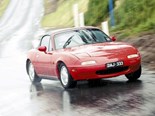Mazda MX-5: Buyers' Guide
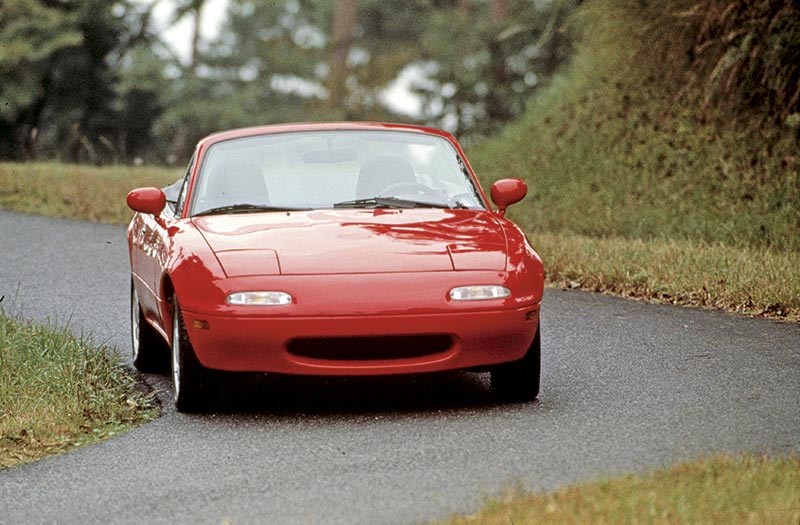 Mazda MX-5
Mazda MX-5

 Mazda MX-5
Mazda MX-5
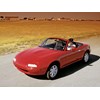
 Mazda MX-5
Mazda MX-5

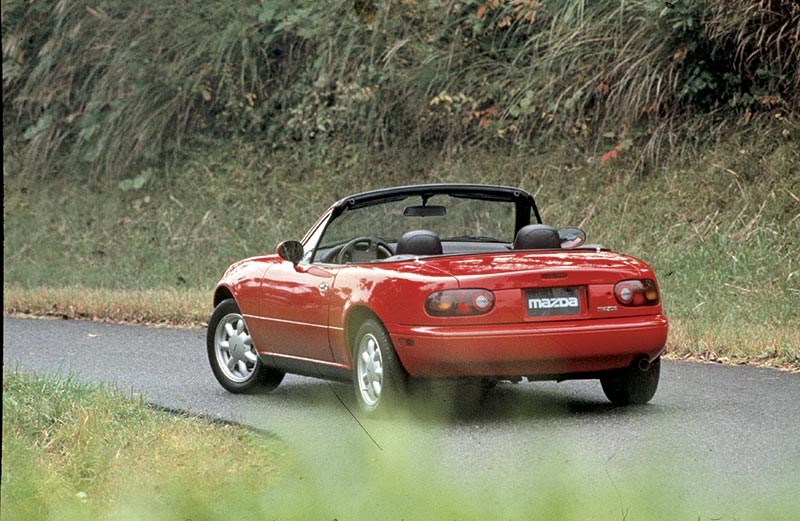 Mazda MX-5
Mazda MX-5

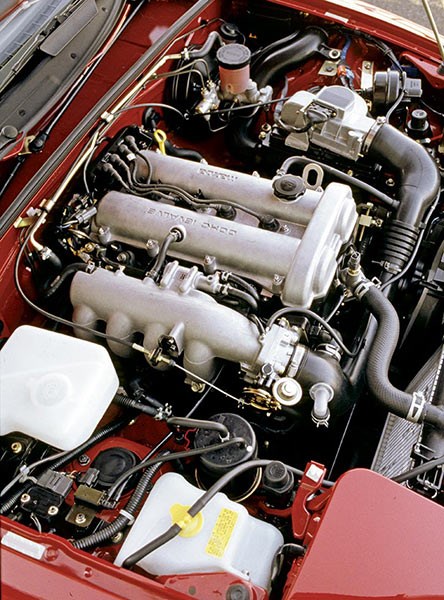 Mazda MX-5
Mazda MX-5

 Mazda MX-5
Mazda MX-5
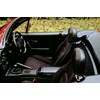
 Mazda MX-5
Mazda MX-5

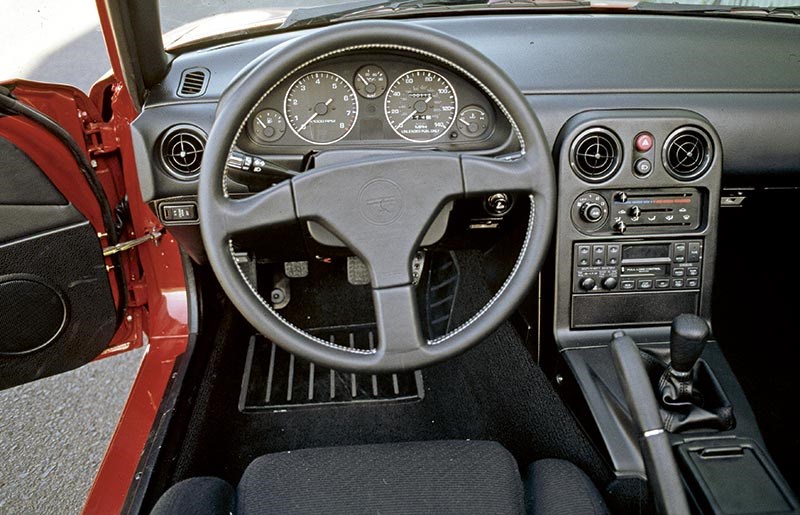 Mazda MX-5
Mazda MX-5


|
|
Mazda MX-5
|

|
|
Mazda MX-5
|

|
|
Mazda MX-5
|

|
|
Mazda MX-5
|

|
|
Mazda MX-5
|

|
|
Mazda MX-5
|

|
|
Mazda MX-5
|

|
|
Mazda MX-5
|
The appeal of the Mazda MX-5 is its tactile nature and elegant purity of design. Those attributes don't go out of fashion...

|
|
Mazda MX-5 buyers guide
|
Mazda MX-5
Launched 25 years ago, Mazda’s iconic MX-5 has proven that a well-executed, simple concept will succeed: after only 11 years, the two-door, two-seater became the world’s top-selling roadster when it passed the 514,852 mark set at the end of the MGB’s 18-year production run in 1980. Another eleven years on and MX-5 production topped 900,000, easily surpassing Porsche’s 700,000 911s – and very soon, Mazda will build the one millionth MX-5.
To create a natural successor to small, nimble European cars such as the Triumph Spitfire, MGB, Lotus Elan and Alfa Romeo Duetto, Mazda took the proven European concept of an uncomplicated two-door, two-seater convertible with a medium-sized four-cylinder, front-mounted engine and rear wheel drive. It then added some crucial ingredients in short supply amongst its European forebears: build quality, mechanical integrity and electrical reliability. Mazda prioritised careful design, good space utilisation, decent levels of occupant protection, respectable performance, sure-footed, adjustable handling and quality components, they provided spare parts, trained technicians and made sure that everything worked as it should – not just on the day it was delivered but for years and even decades afterwards.
In fact, some of the credit must go to US-born journalist Bob Hall, who worked for some time on Aussie titles such as Wheels: ten years earlier, Bob had answered a rhetorical question about what car Mazda should build – and his reply planted a seed with Mazda R&D chief Kenichi Yamamoto.
Five years later an internal competition saw front-engine, front-wheel-drive and mid-engined rear-wheel-drive coupe designs from Japanese studios beaten out by the more traditional drop-top sketch from a US studio. A working prototype was built by British company International Automotive Designs who were able to imbue many of the attributes that Hall insisted were vital to the ultimate success of the project.
The MX-5 was one of the earliest applications of computer-aided design; it allowed engineers to come up with a strong, safe but lightweight body. With a minimalist approach, the car had fewer features, less bling and lighter weight. But it wasn’t a shoo-in – it had to clear many internal corporate hurdles before going into production in 1989 and it only did that through the superhuman efforts of chief engineer Toshihiko Hirai.
When it did finally appear, the MX-5 was a basic rag-top convertible – on paper. In reality, its 940kg kerb weight, twin-cam 1600cc engine and five-speed transmission combined to suggest much more performance than there really was and the car was an overnight sensation. Even though the engine was specially created for the MX-5 and was fuel-injected, it produced an unremarkable 86kW and early models included few luxuries. There were no radios or air-conditioning, the wheels were plain-Jane steel and the windows and steering were unpowered – yet the pop-up headlamps were a feature from the start. An automatic version was offered in some markets but, unsurprisingly, didn’t appeal to many buyers.
Later, all these features, plus optional leather upholstery, would gradually appear – first in Special Editions, then as options and finally as standard fitment.
So is the Series 1 the MX-5 to have? If you can find a genuine, low-mileage original, most probably, but don’t overlook the 100 turbocharged 157kW Series 2 SP cars that came to Australia in 2002. More isn’t always better though. As celebrity car collector Jay Leno said when considering his Series 1 MX-5, sitting modestly amongst acres of Ferraris and Porsches, "This is all you really need."
Unique Cars magazine Value Guides
Sell your car for free right here
Get your monthly fix of news, reviews and stories on the greatest cars and minds in the automotive world.
Subscribe

.jpg)
.jpeg)








